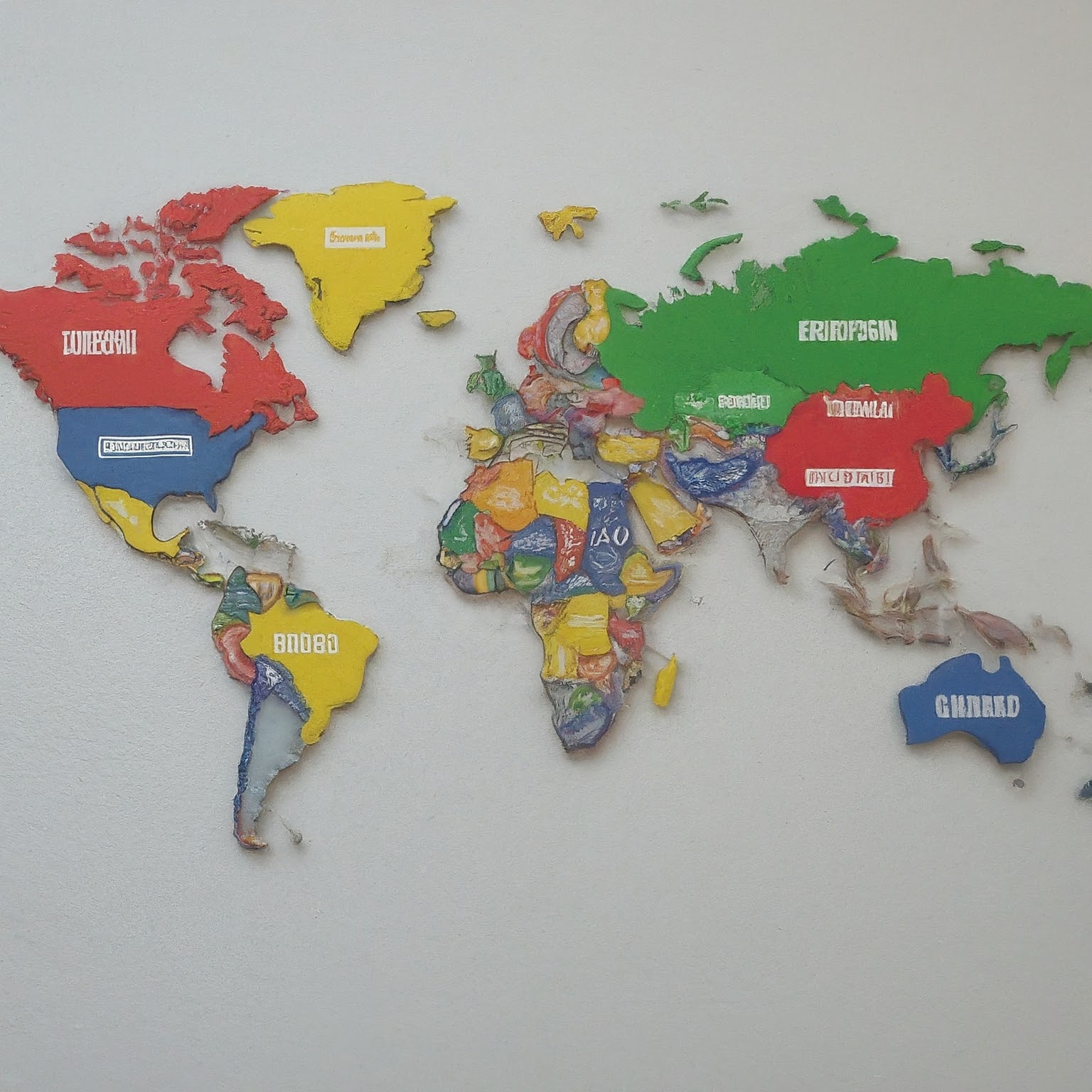In today’s interconnected world, where information, goods, and services traverse borders seamlessly, the importance of standardized systems for identification and communication cannot be overstated. One such system that plays a crucial role in facilitating global interactions is the ISO country codes. These codes, developed and maintained by the International Organization for Standardization (ISO), provide a universally recognized framework for representing countries and their subdivisions in various domains, including trade, finance, transportation, and technology.
In this exclusive article, we will delve into the world of ISO country codes, exploring their history, structure, significance, and applications across different sectors. We will also discuss the challenges associated with their implementation and the future prospects for these essential digital identifiers.

The Genesis of ISO Country Codes: A Historical Perspective
The need for standardized country codes arose in the early 20th century, as international trade and communication intensified. Prior to the establishment of ISO country codes, countries relied on a variety of ad hoc systems, often leading to confusion and inefficiencies.
- The Birth of ISO 3166: In 1974, the ISO published the first edition of ISO 3166, the international standard for country codes. This standard defined a comprehensive list of two-letter (alpha-2), three-letter (alpha-3), and numeric (numeric-3) codes for representing countries and their dependent territories.
- Evolution and Expansion: Over the years, ISO 3166 has undergone several revisions and expansions to accommodate changes in the geopolitical landscape and to meet the evolving needs of various industries. Today, it encompasses a vast array of codes, including codes for countries, dependent territories, special areas of geographical interest, and even former countries.
The Structure of ISO Country Codes: A Multifaceted System
ISO country codes are designed to be concise, memorable, and easily recognizable. They follow a standardized structure that facilitates their use across different platforms and applications.
- Alpha-2 Codes: The most widely used ISO country codes are the two-letter alpha-2 codes. These codes are typically used in domain names, postal addresses, and financial transactions. For example, the alpha-2 code for the United States is US, while the code for the United Kingdom is GB.
- Alpha-3 Codes: The three-letter alpha-3 codes are primarily used in machine-readable contexts, such as data processing and information exchange. They offer a higher level of specificity compared to alpha-2 codes, especially for countries with similar abbreviations.
- Numeric-3 Codes: The numeric-3 codes are primarily used in statistical and data analysis applications. They are assigned sequentially and do not carry any inherent meaning or linguistic significance.
The Significance of ISO Country Codes: Facilitating Global Interactions
ISO country codes play a pivotal role in facilitating various aspects of global interaction, including:
- International Trade: Country codes are used in customs declarations, shipping documents, and other trade-related paperwork to identify the origin and destination of goods. This helps streamline customs clearance processes and ensures compliance with international trade regulations.
- Financial Transactions: In the world of finance, country codes are used to identify the currency of a transaction, the location of a bank or financial institution, and the residency status of an individual or entity. This information is crucial for preventing fraud, complying with anti-money laundering regulations, and facilitating cross-border payments.
- Transportation and Logistics: Country codes are used in air traffic control, maritime navigation, and other transportation systems to identify the nationality of vessels and aircraft. They also play a role in postal addressing and package tracking, ensuring that mail and parcels reach their intended recipients across the globe.
- Technology and the Internet: The internet relies heavily on country codes for domain name registration, website localization, and IP address allocation. Country codes also play a role in online payment systems, e-commerce platforms, and social media networks, allowing users to identify their location and access region-specific content and services.
Challenges and Controversies: Navigating the Complexities
While ISO country codes provide a valuable framework for global identification, their implementation is not without challenges and controversies.
- Geopolitical Disputes: In some cases, the assignment of country codes can become entangled in geopolitical disputes. For example, the status of Taiwan and its corresponding country code remains a contentious issue, with China asserting its sovereignty over the island and opposing its recognition as a separate entity.
- Code Changes and Updates: As the geopolitical landscape evolves, with new countries emerging and existing ones changing their names or borders, the ISO needs to periodically update its list of country codes. These changes can sometimes disrupt existing systems and require adjustments in various databases and applications.
- User Errors and Misinterpretations: Despite their standardized nature, ISO country codes are sometimes prone to user errors and misinterpretations. For example, users may accidentally select the wrong country code when filling out online forms or may confuse similar-sounding codes, leading to communication breakdowns or delivery delays.
The Future of ISO Country Codes: Embracing Digital Transformation
As the world becomes increasingly digitized, the role of ISO country codes is likely to expand further. Emerging technologies, such as blockchain and artificial intelligence, are poised to revolutionize various sectors, and country codes will play a crucial role in enabling secure and efficient cross-border transactions and interactions.
Furthermore, the growing importance of data privacy and cybersecurity necessitates the development of robust systems for identifying and authenticating individuals and organizations based on their country of origin. ISO country codes can serve as a valuable tool in this regard, providing a standardized and reliable method for verifying digital identities.
Conclusion
ISO country codes are the unsung heroes of global connectivity, facilitating seamless communication, trade, and interaction across borders. They provide a universally recognized framework for representing countries and their subdivisions in various domains, enabling efficient data processing, accurate identification, and streamlined transactions.
لا تعليق